#CASE STUDYO
Photo
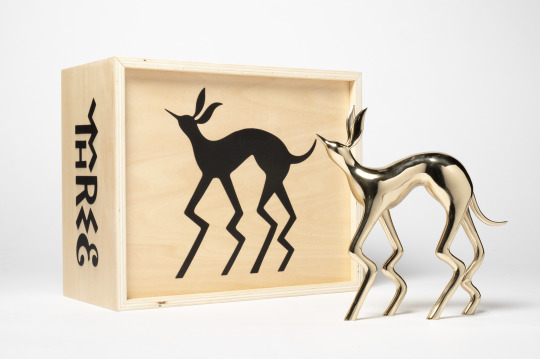

PARRA'THREE BRONZE FRIENDS'
13 notes
·
View notes
Text

Snow Beach Sculpture by Grotesk and Case Studyo
0 notes
Text
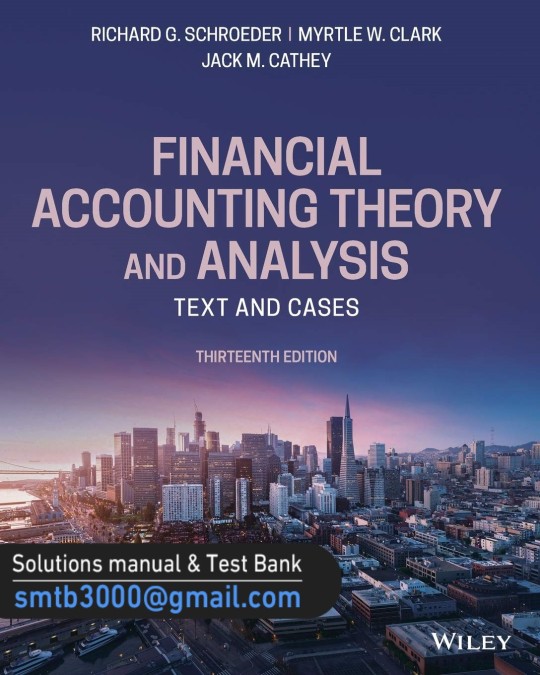
Financial Accounting Theory and Analysis: Text and Cases, 13th Edition (Test Bank)
Product details:
By Myrtle W. Clark, Jack M. Cathey, Richard G. Schroeder
Publisher: Wiley; 13th edition (October 1, 2019)
Language: English
ISBN-10: 1119577772
ISBN-13: 978-1119577775
Price=28$
To get more information about this please send us an E-mail to:
**************************************
https://www.instagram.com/solutionsmanual.testbank/
#study #studying #studygram #studyblr #studyabroad #studyhard #studyspo #studymotivation #studytime #studyinspiration #studyinspo #studyaccount #studyblog #studybreak #studysupplies #studyenglish #studylife #studynotes #studytips #studyspiration #studyo #studymode #studytip #studyaddict #studyfam #studyblogger #studybuddy #studyroom #studyspac #studyinghard
0 notes
Photo
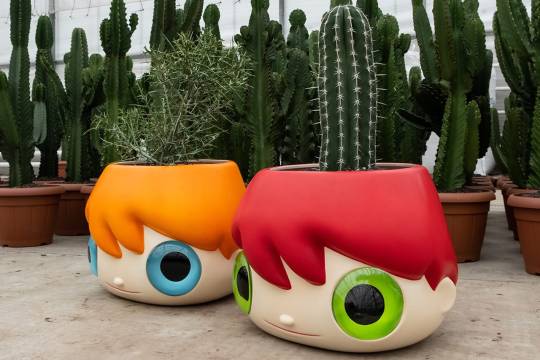


Javier Calleja and Case Studyo are back again with a new big-headed sculpture that will transform your plant game. As a follow-up to their popular POT POP TOP edition from the past few years, the Spanish artist has gone bigger and bolder than ever in a new edition dubbed THE BIG TOP POT.
1 note
·
View note
Text
“Designer Toys” Are Big Business—But Are They Art? Figure It Out explores the explosion in designer/artist toys, which now sell for millions. Who knew?

Before I read Figure it Out, I’d assumed the designer/artist vinyl toy trend was, if not dead, at least pretty uncool at this point. In the early- to mid-2000s, it felt like you couldn’t move for all the small, colorful, shiny critters at design and illustration fairs, independent bookstores, and comic book shops. These so-called “designer toys” were usually made from vinyl and riffed off of pop culture tropes (hip-hop, graffiti, Japanese Manga culture). They were so popular they quickly spurred something of a cottage industry with numerous websites, conventions, and toy companies popping up with the express purpose of producing and distributing them.
It turns out these toys have not faded away or been tucked into boxes, gathering dust. In fact, they’ve been elevated firmly into the art wold. Artists like KAWS, for instance (real name Brian Donnelly), are now selling works for millions of dollars in major art auctions. In May 2017, when the MoMA Design Store released a series of 11-inch vinyl versions of his Companions sculptures for $200 apiece, “the flood of traffic crashed their website.”
Many pieces by various artists are now housed in both museum collections and their shops (including MoMA and Tate), and there are still hugely popular sites devoted to the figurines, such as Toy Chronicle. In the late ’90s, these artist included people like James Jarvis, the aforementioned KAWS, and graffiti artist Futura. In recent years, the practice of artists making figurines has exploded—if only to a fairly niche, but very dedicated audience
Figure It Out, published by Hong Kong-based Victionary, takes a close look at designer toys and their makers from the past decade. Among the 60 artists featured are Andy Rementer, Jean Jullien, Suicidal Tendencies, and Tik Ka (notably, there don’t seem to be many women inhabiting this world). A wealth of gorgeous imagery in the book is accompanied by interviews with Medicom Toy, a Japanese brand that specializes in creating collectable toys and action figures, with L.A.-based duo Coarse, New York-based sculptor and toy designer Jason Freeny, and contemporary artwork publisher and producer Case Studyo.
The book not only confirms the existence of this ever-expanding market, it also displays a vast range of styles and approaches—some are cute, some simply miniatures of the artists’ larger works, others bring to life existing 2D illustrations in surprising and dynamic new ways.
“These toys have since become a worldwide thing, and shifted the definition of collectible toys.”
According to Lio Yeung of creative agency Young & Innocent, who collaborated with Victionary on the editing and production of the book, Hong Kong-born artist Michael Lau is the “godfather” of the vinyl toy movement. As is common with the other artists in the book, Lau’s work leans on “urban” culture tropes like graffiti and hip-hop. In 1998, he began his Gardener comic strip in East Touch magazine, and the characters therein soon became his first series of vinyl collectible figures and were exclusively distributed by Sony in Asia from 1999 until 2003. He recently had his work sold at an auction devoted to him at prestigious art auctioneers Christies.
“These toys have since become a worldwide thing, and shifted the definition of collectible toys,” says Yeung. “In the ’90s, people thought of them more as the sort of things from Hasbro and Mattel, like McDonald’s toys. But nowadays so many famous artists like Sorayama are making toy-related stuff.” These sell for up to thousands of dollars.

“As we get more advanced techniques, and with the rise of social media, artists can gain popularity a lot more quickly and conveniently,” says Raphael Kwok, a designer at Victionary who worked on Figure It Out. “Visual artists today can often do it all themselves, from 3D printing or making their own resin; maybe making 20 copies of a piece and selling them through Instagram.”
This perhaps explains my previous ignorance. What I had assumed was a lack of toys was simply a lack of visibility (IRL at least) as the sales of such pieces move from physical stores and galleries to e-commerce platforms and social media. In that sense, it’s also interesting that in a world where artists are increasingly pushing their work into new-media artforms like interactive video games or VR pieces, that there’s such a prominent focus for many on the physical. Perhaps that’s because of the market: people can buy, collect and look at a toy in far more familiar ways than they can, say, a Jon Rafman VR piece.
The usual market for such pieces ranges from art collectors to fans of the individual practitioners to designers and other artists. They are unmistakably not for kids: the themes often hint at sex and death, and many of them are prohibitively expensive.
“Ultimately, the toys become more like artwork that people can focus on aesthetically. The purpose isn’t to make them ‘playable.’”
Many art toy manufacturers are pushing the medium forward by using not just vinyl pieces, but incorporating materials like ceramics and wood. Just as designers and artists often work in multiple media, the toys they create are manifested in numerous ways. “The artists we chose range from painters to illustrators and sculptors, and the toys are often a byproduct of those worlds,” says Kwok. “They’re doing their own work, just in different forms—they’re not actually ‘toy artists,’ it’s an extension of their own art.”

Yeung adds, “Many of the artists we featured are transforming the toys to have more function now—like Jean Jullien, who made a toy that’s also a lamp or a vase. But I think ultimately the toys become more like artwork that people can focus on aesthetically. The purpose isn’t to make them ‘playable.’”
The book reveals sketches and work-in-progress images along with rich photography of the final pieces. What’s often most striking is how an illustrator with a very distinctive style, such as Andy Rementer, is still as distinctive in 3D, but how the characters can change so much in their emotional resonance moving from 2D to 3D. It’s odd, too, to see UK graffiti trickster (and, apparently, “anti-establishment”) Banksy’s work brought into the realm of toys. Some images are surprising in their transformation: on the page, they can seem cute and unassuming, while in 3D they take on more sinister nuances. “In a sculpture or toy you can really sense the features and detail of a character,” says Yeung.
In designing the book, Kwok says that their approach was to avoid text-heavy spreads and “let the toys speak for themselves.” He adds, “In our research it was important to get as many artists from as many places around the world as possible. There’s so many different styles and so much happening with the toys alone that we wanted to keep the design simple and straightforward to showcase great photos and highlight the characters, their details, and how they present themselves in a 3D way.”
“In a 3D sculpture or toy you can really sense the features and detail of a character.”
The book’s type is all set in Sharp Grotesk, “a funny, quirky typeface,” as Kwok puts it. “It has the right tone: it’s playful and suits the theme.” Where pages are text-heavy, a subtle color tone is used beneath, creating an almost zine-like feel at times.
With so many artists included, the cover had to avoid highlighting a particular piece. Instead, it looks to the idea of mimicking the toys’ packaging. “We were highlighting the joy of ‘unboxing.’ It’s a very exciting moment,” says Kwok. The packaging of the book also echoes its title: it does indeed take a while to figure it out.
It’s always a big debate if they should be considered ‘art’ or ‘toys,’ and even the artists we featured don’t agree.

The big question underpinning the whole thing is really: Where do we draw the line between art and toy? Alongside the auction houses, art fairs like this year’s Art Basel are now spotlighting artist toys (there was a large resonation of toy work by Japanese artist Haroshi, known mostly for his large-scale sculptures created from skateboard decks). There were also installation works that saw certain elements replaced with parts of vintage toys alongside wooden cultural elements—an amalgamation of a more widely artistic medium and a newer, perhaps to some more “low brow” aspect of artistic practice—which were on sale for $2 million Hong Kong dollars [around $256,370 USD].
“It’s always a big debate if they should be considered ‘art’ or ‘toys,’ and even the artists we featured don’t agree,” says Kwok. Yeung adds, “It depends on the audience and how the artist defines their individual outcome. We never did get a definitive answer.”
0 notes
Photo



Felipe Pantone & Case Studyo, 'Subtractive Variability Auto'
Kinetic sculpture with rotating printed acrylic disks,
Clear plexiglass,
Sized 28 x 30 x 6 cm,
Edition of 100 + 10 AP’s
#art#design#sculpture#glass#Kinetic#kinetic art#felipe pantone#case studyo#rotating#acrylic#light#prism#colorful#spectrum#plexiglass#energy
121 notes
·
View notes
Photo

180 notes
·
View notes
Photo

Of Interest - Andy Rementer
1 note
·
View note
Photo

bell pepper panic lamp - PARRA
6 notes
·
View notes
Photo

170926 | RAP MONSTER : Twitter update
PARRA x CASE STUDYO - “Give Up” tomato lamp // (x)
*Birthday gift from J-HOPE
#bts#bangtan#rapmonster#bts fashion#request*#over100#s:2017#s:jh#s:loveyourself#s:selca#s:misc#parra#case studyo#parra x case studyo
205 notes
·
View notes
Text

Principles of Economics Arab World, 4th Edition (Solution Manual & Test Bank& Case Studies - Answer Guidance)
Product details:
By Gregory Mankiw, Mohamed Rashwan
Publisher: Cengage Learning EMEA; 4th edition (9 December 2021)
Language: English
ISBN-10: 1473774926
ISBN-13: 978-1473774926
Price=80$
To get more information about this please send us an E-mail to:
********************************************************
https://www.instagram.com/solutionsmanual.testbank/
#study #studying #studygram #studyblr #studyabroad #studyhard #studyspo #studymotivation #studytime #studyinspiration #studyinspo #studyaccount #studyblog #studybreak #studysupplies #studyenglish #studylife #studynotes #studytips #studyspiration #studyo #studymode #studytip #studyaddict #studyfam #studyblogger #studybuddy #studyroom #studyspac #studyinghard
0 notes
Photo

Parra tomato light - stupid but great
3 notes
·
View notes
Photo







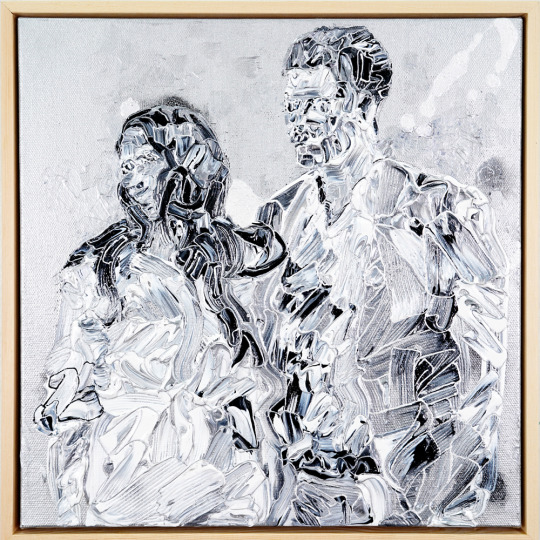
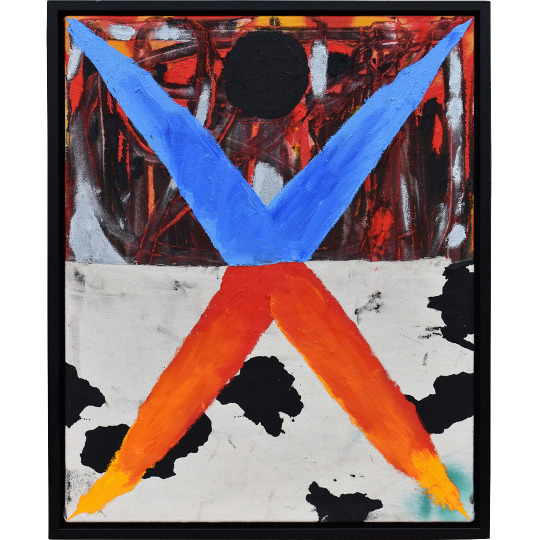
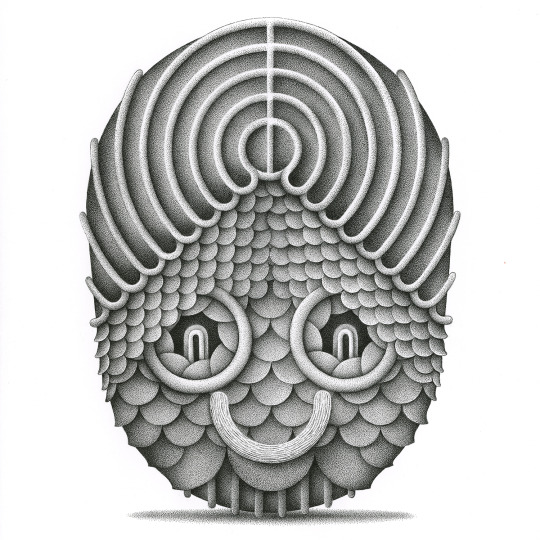
LUCKY CHARM.
Currently on view at Moosey London is the incredible group exhibition, “LUCKY CHARM,” which features 28 international artists curated by Lisa Boudet.
What is Lucky Charm?
Something that tilts the scales in your favor when the odds are against you. It is something that is believed to bring you luck. Something that with its presence alone gives you a world conquering confidence.
This exhibition was brought together with the intention of encapsulating those moments when your Lucky Charm allows the dice of life to bounce in your favor. A chance or an opportunity that somehow now presents itself.
The full list of participating artists includes: Eva Beresin (HU), Tvorogov Brothers (RU), Jack Jubb (UK), Ayane Yamamoto (JP), Yoora Lee (KR), Adrian Hobbs (AU), David von Bahr (SE), Margaux Laurens-Neel (FR), Mariah Ferrari (US), Aaron Robert Baker (US), Madeleine Leplae (FR), Genevieve Cohn (US), Zoe McGuire (US), Romain Fueler (FR), Anders Lindseth (US), Charlotte Fox (US), Ru8icon (US), Sonyo (Lee Seungha) (KR), Taishi Nishi (JP), Laurent Allard (FR), Julian Adon Alexander (US), Andy Cahill (US), Kathryn Mecca (US), Toru Ishii (JP), Anthony Peyton Young (US), Nicholas Zepeda (US), Kristen Sanders (US) and Thomas Linder (US).
Uncovering the most exciting untold stories, from some of the art world’s most influential people one video at a time, curator Lisa Boudet was the first to interview Mathieu Van Damme (Founder of Case Studyo), Artist Jordy Kerwick, Christian Luiten and Curtis Penning (Founders of Avant Arte) just to name a few.
The exhibition will be on view until November 14th and shouldn’t be missed if you’re in London.
-
SHOP | FOLLOW ON INSTAGRAM!
77 notes
·
View notes
Photo

Case Studyo & Serban Ionescu, #Folker #chair 🥴 (at Milan, Italy) https://www.instagram.com/p/COTAUuThy0e/?igshid=k6gkznmddbcb
1 note
·
View note

